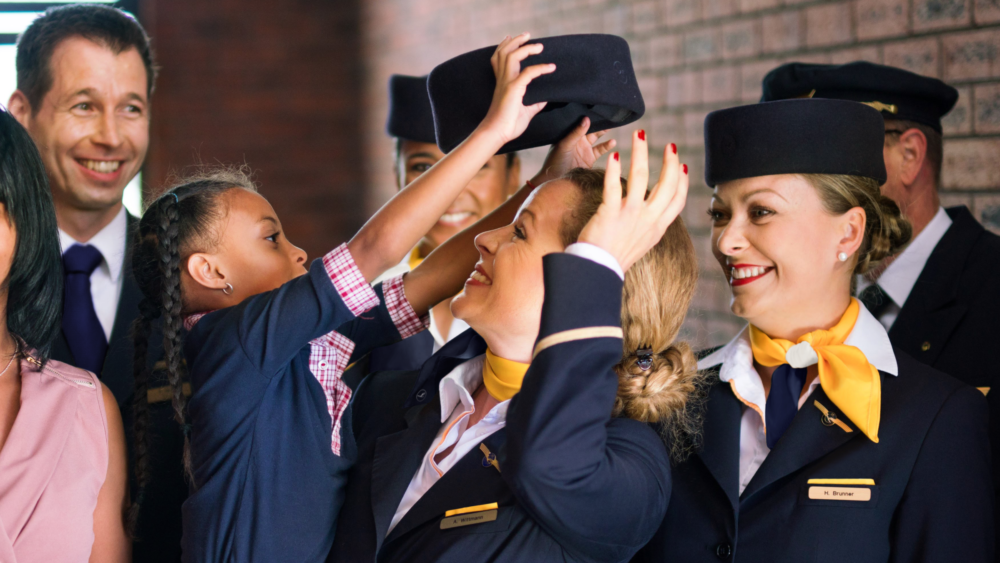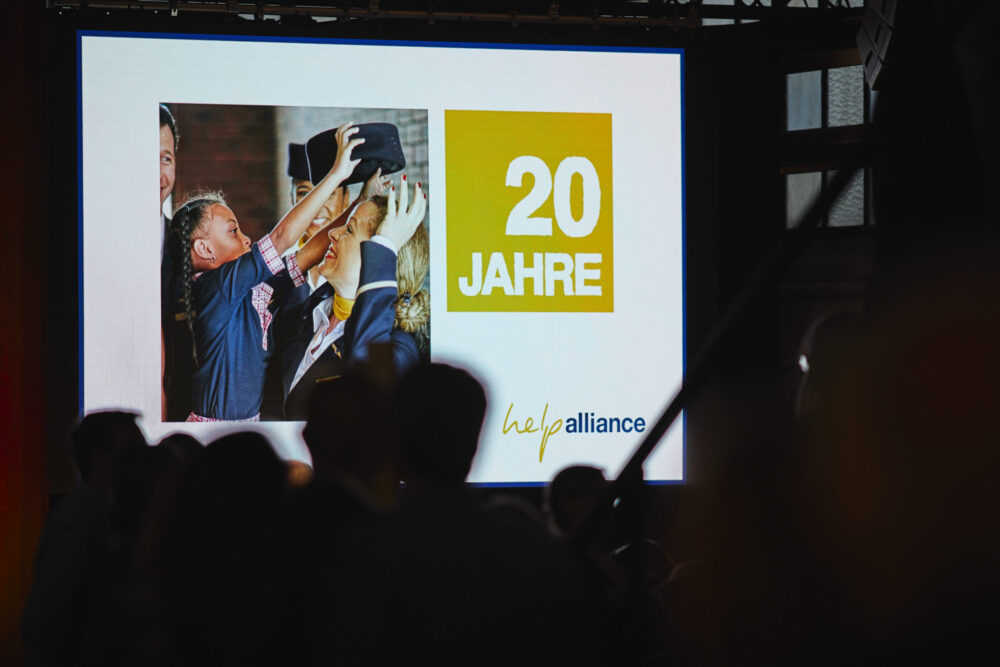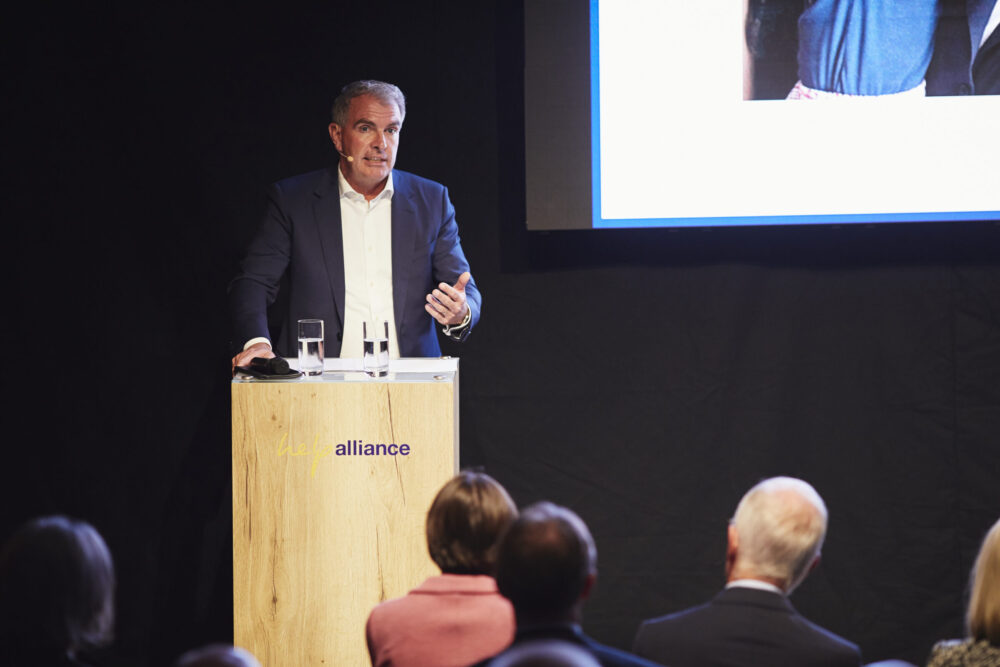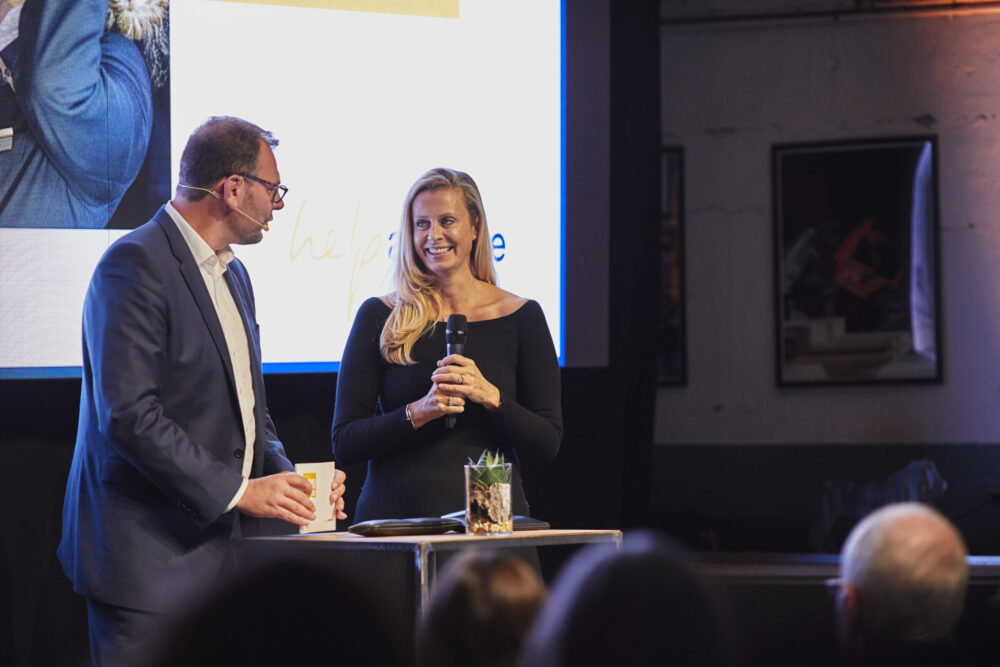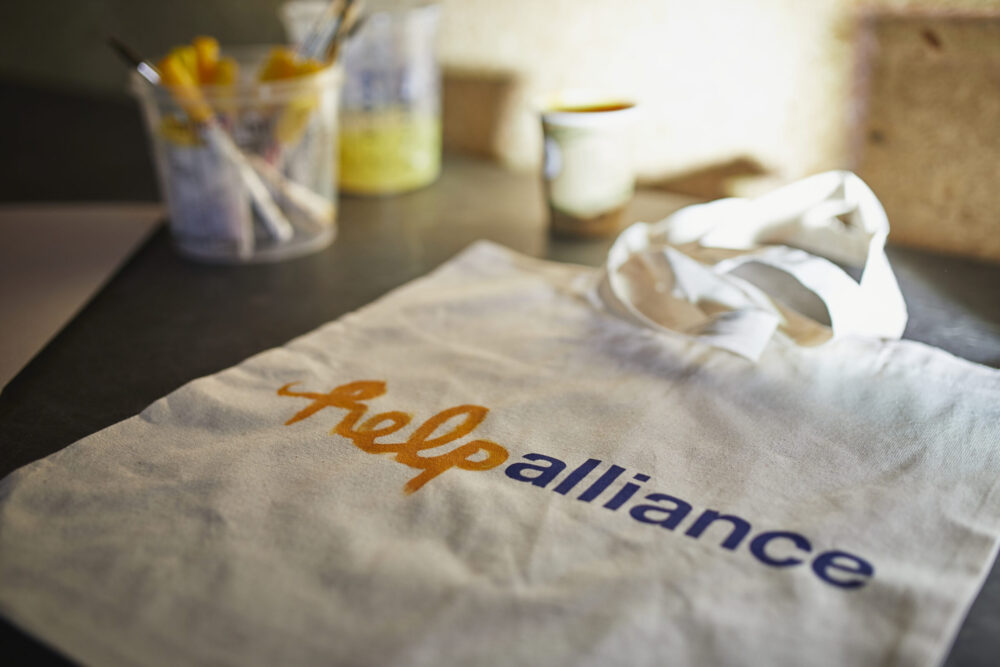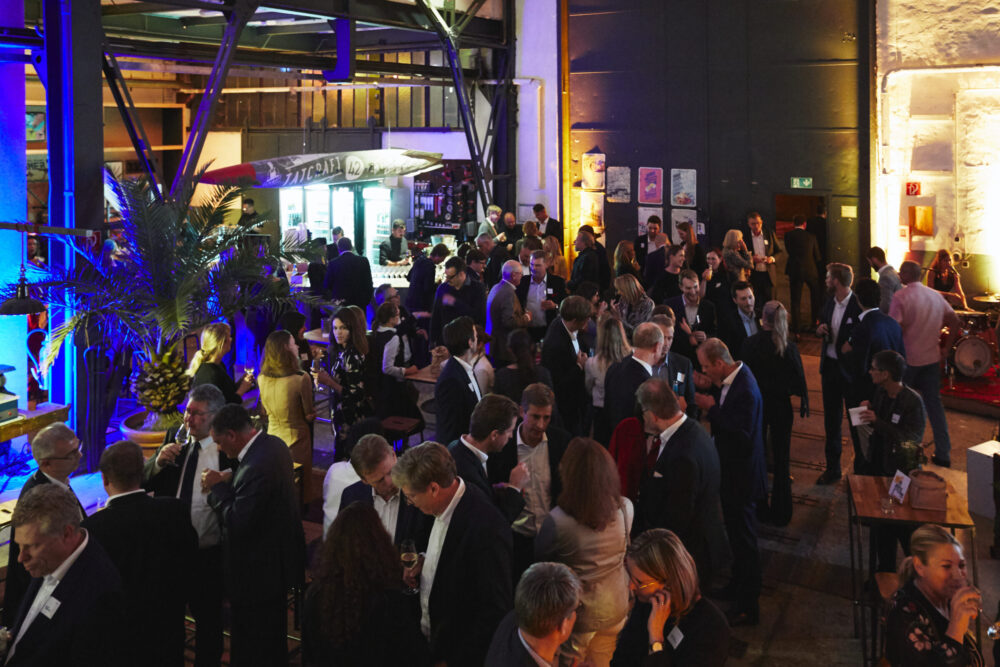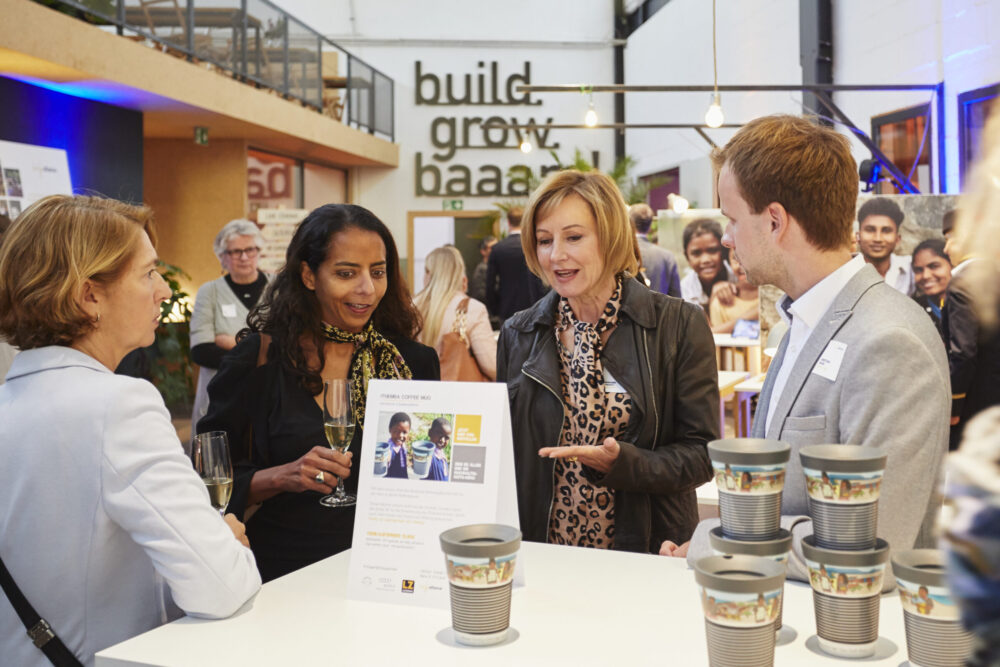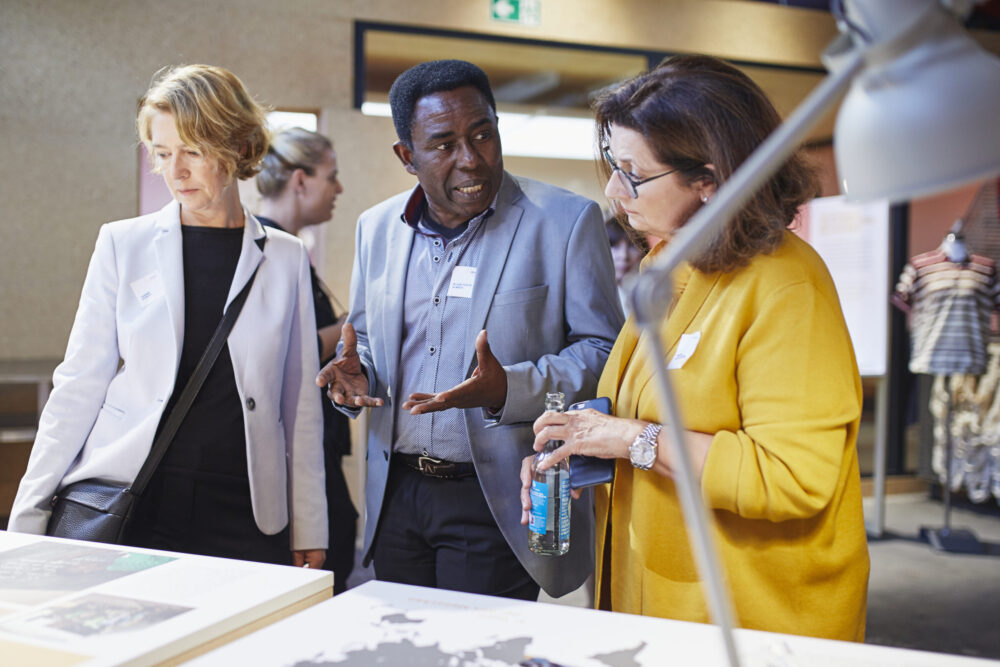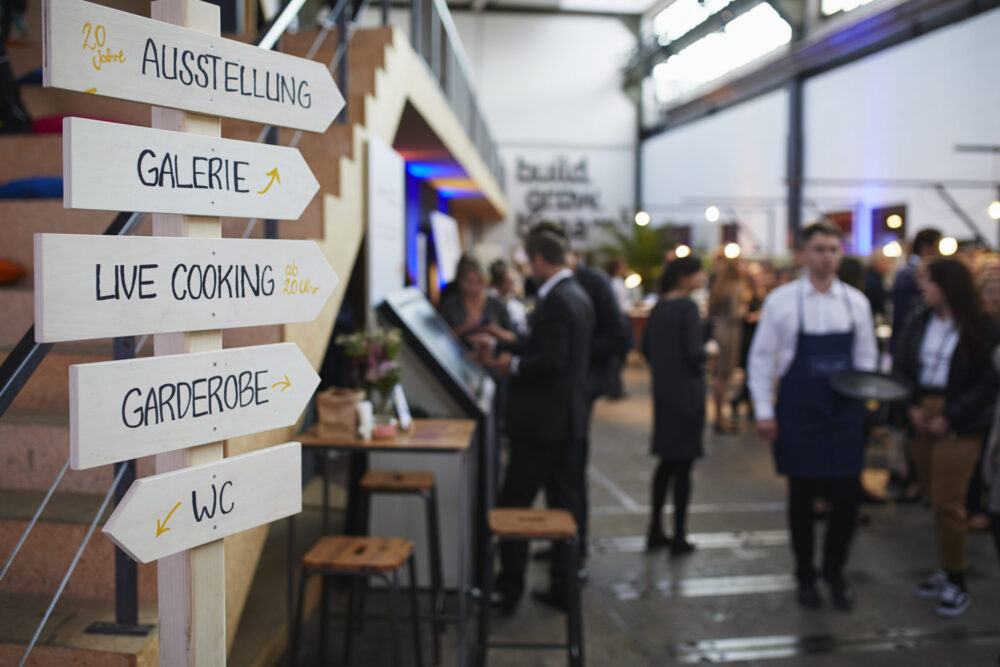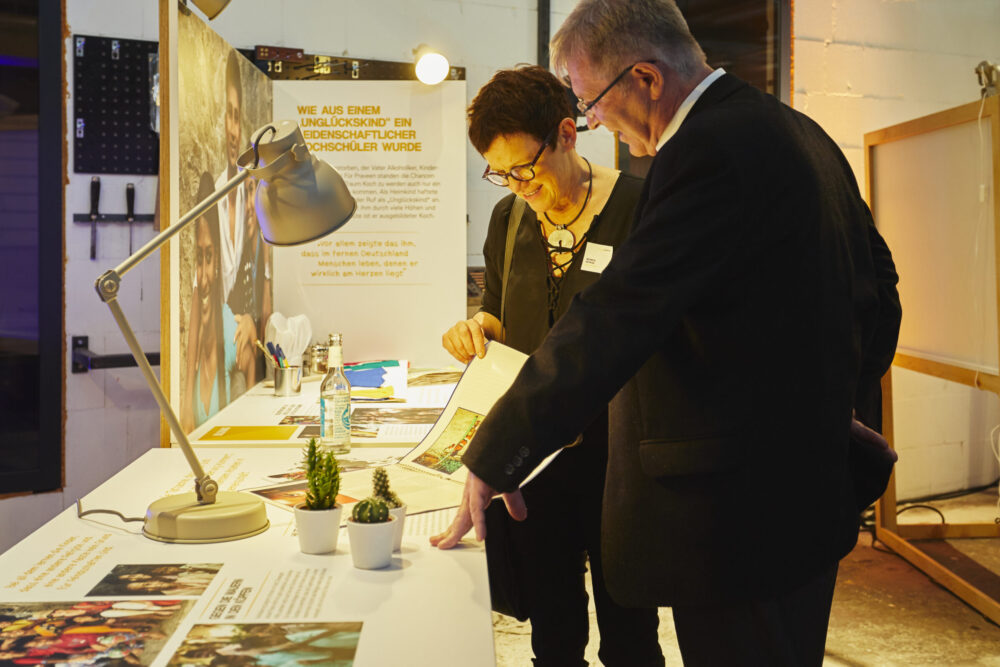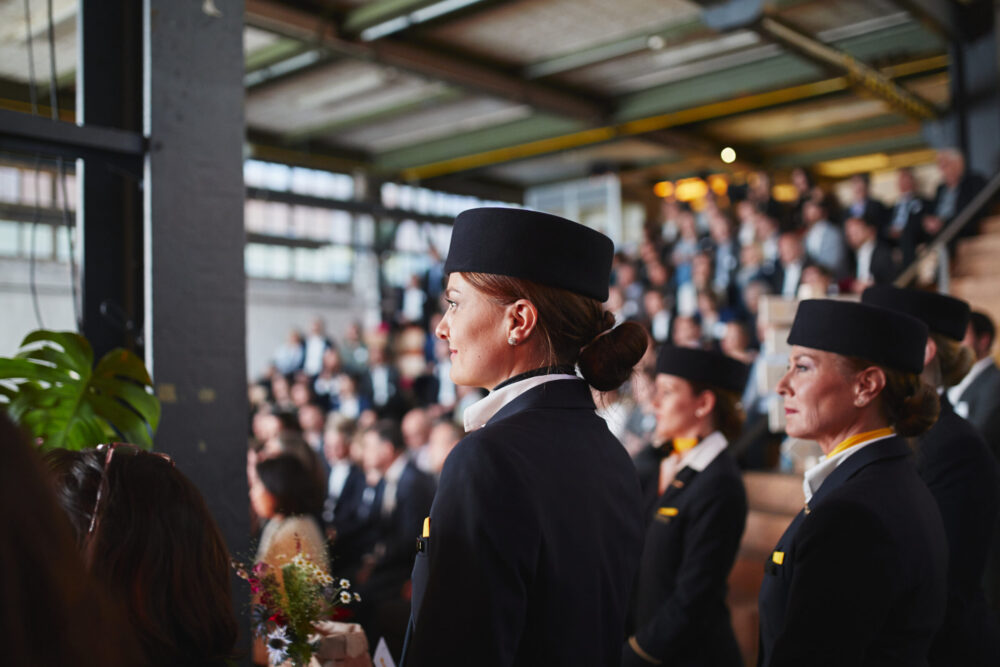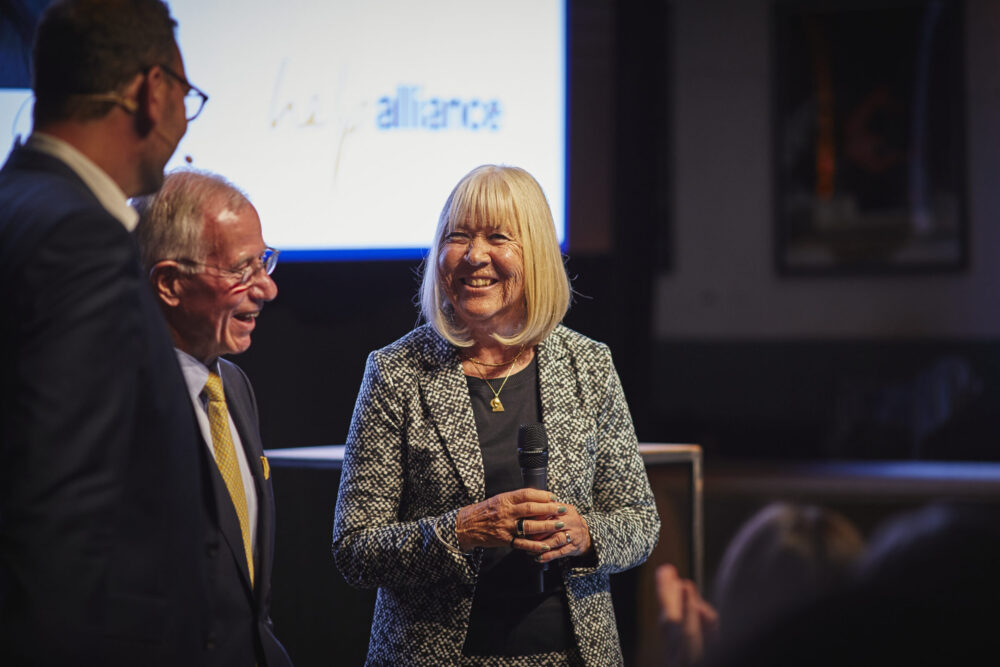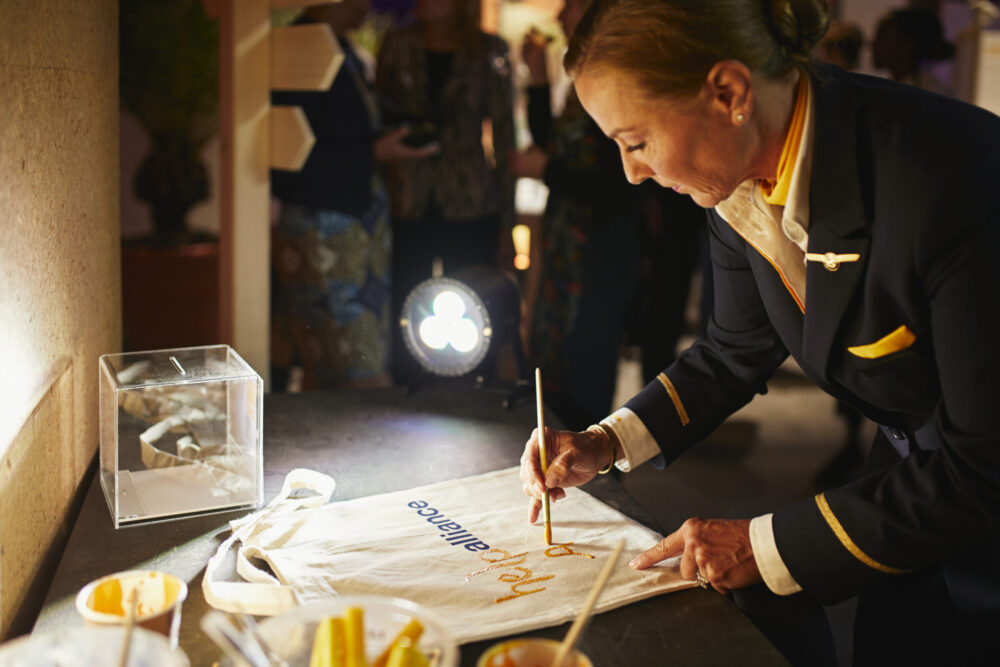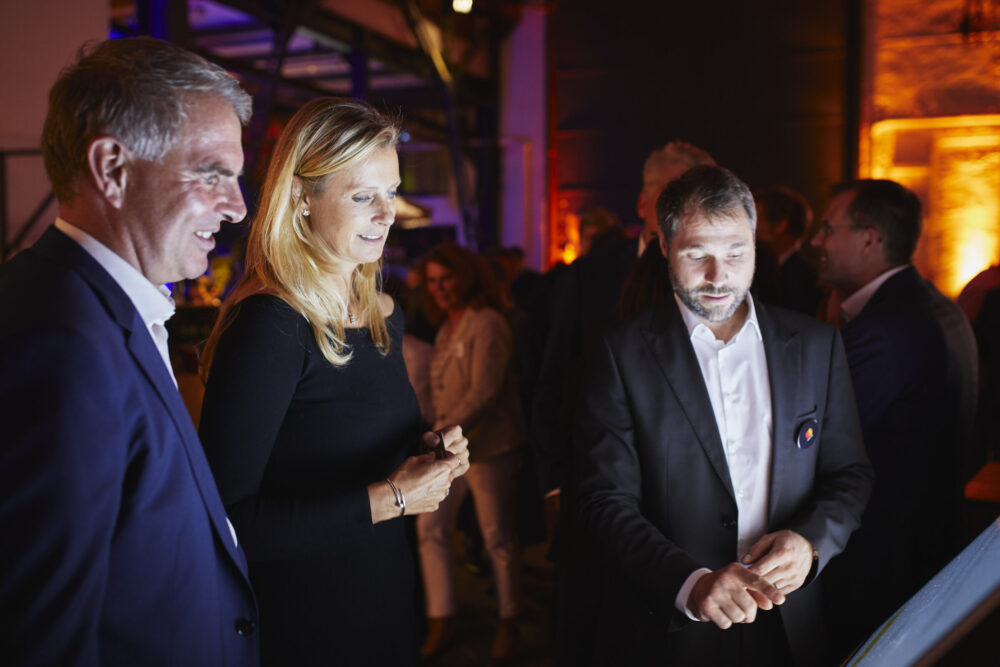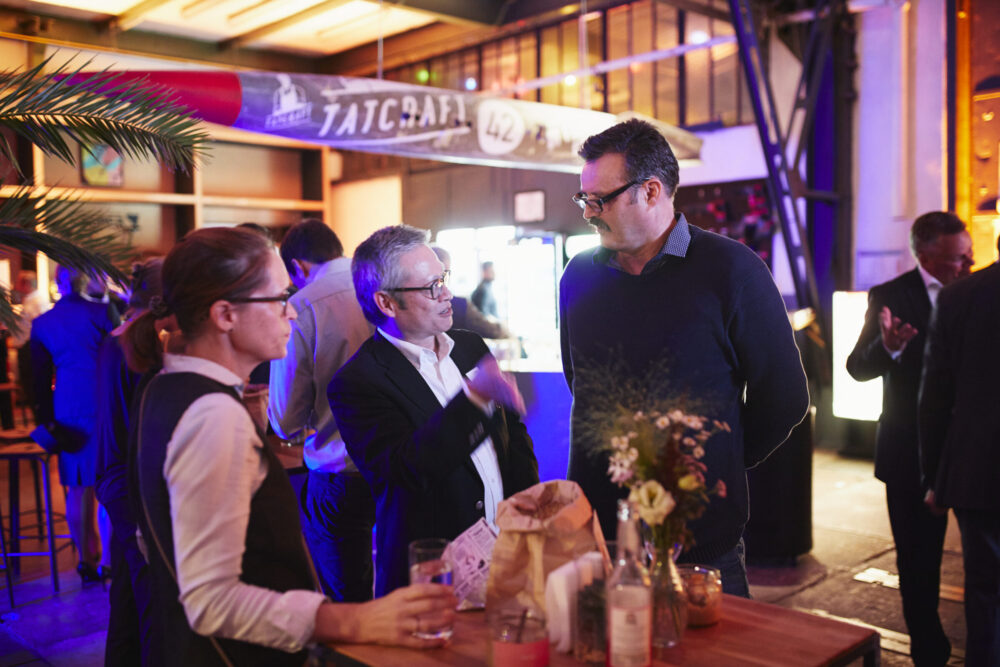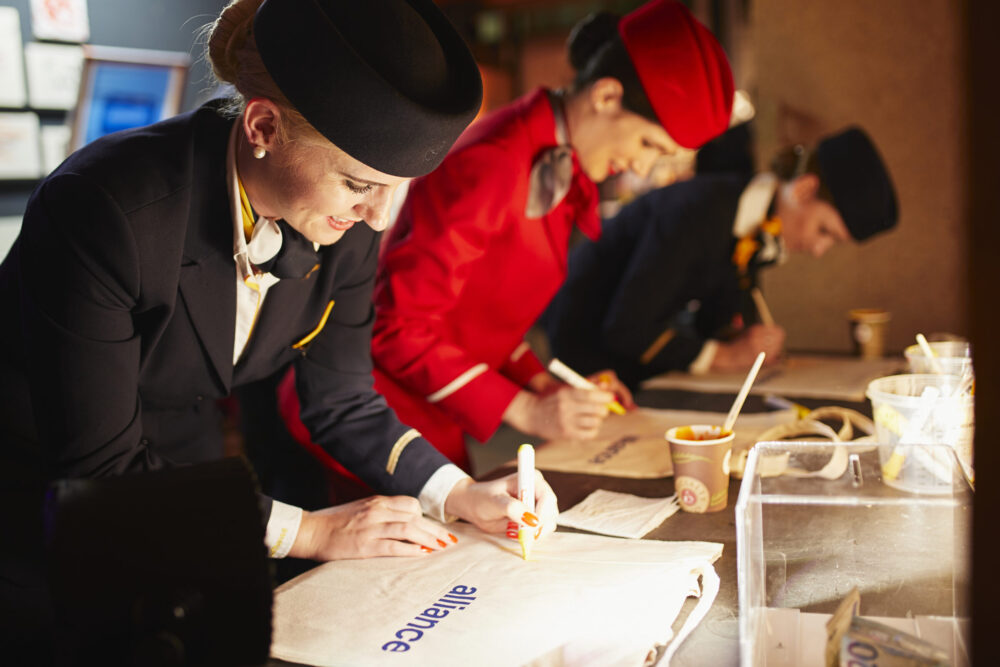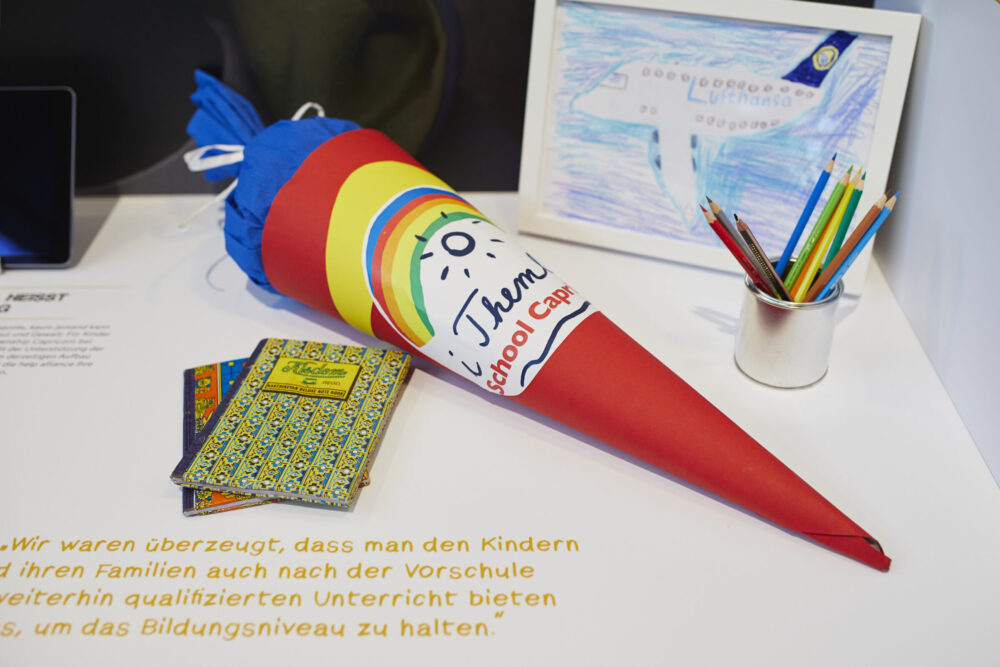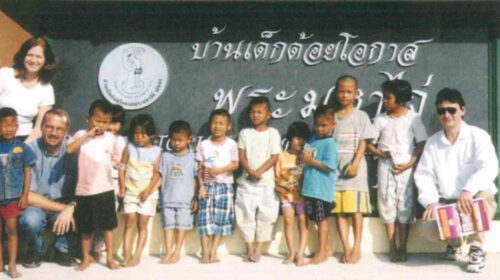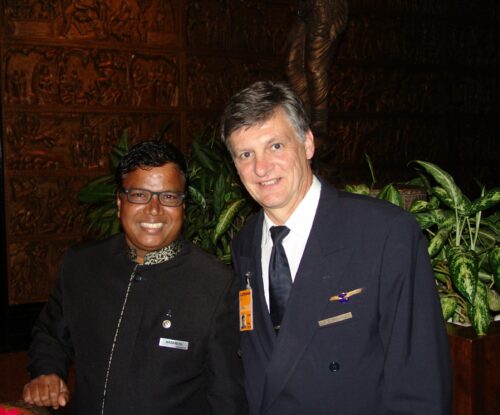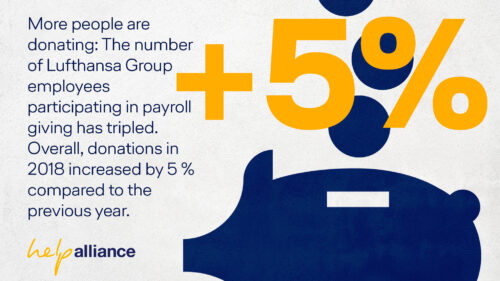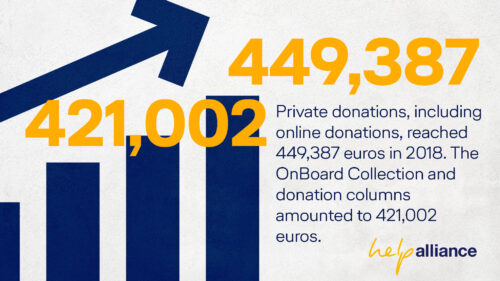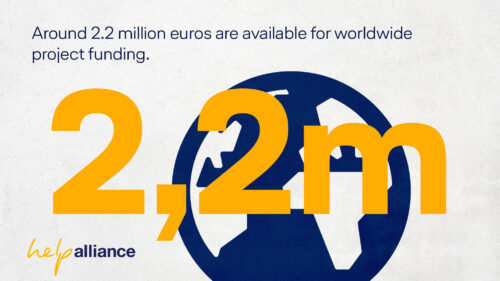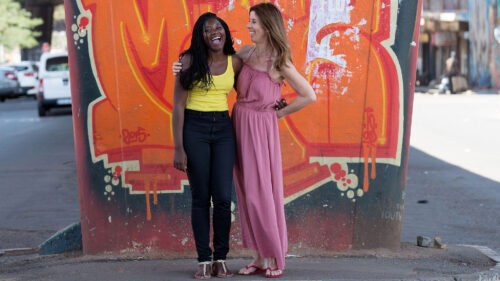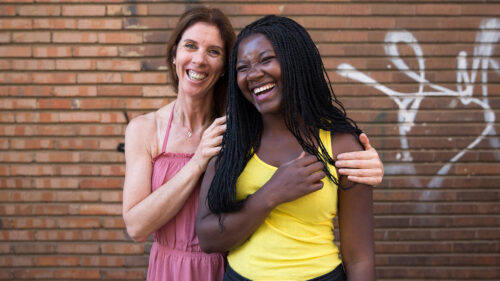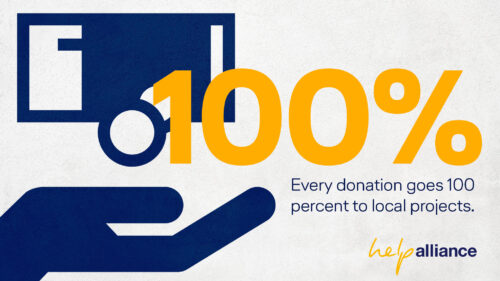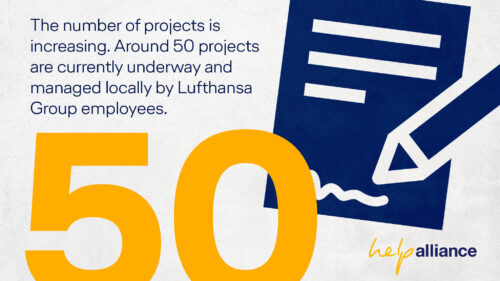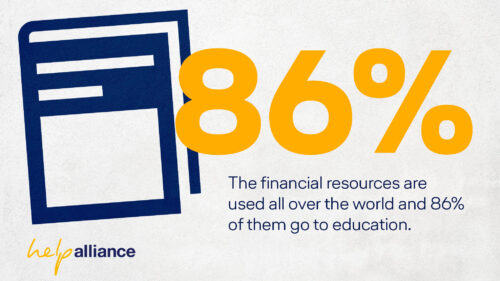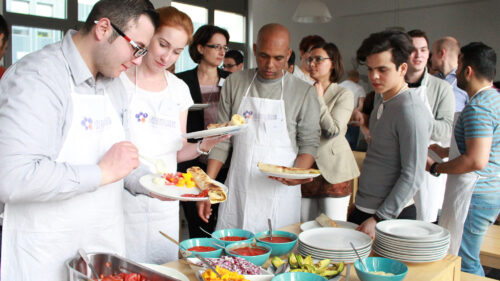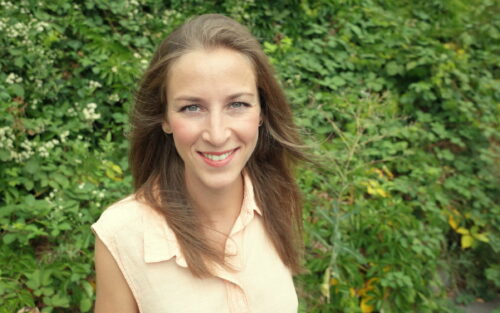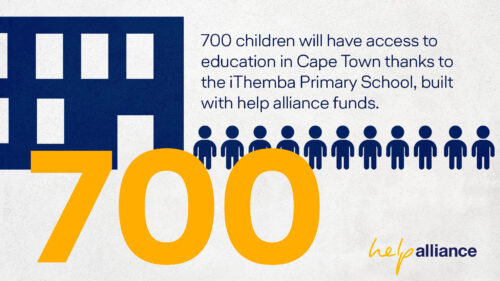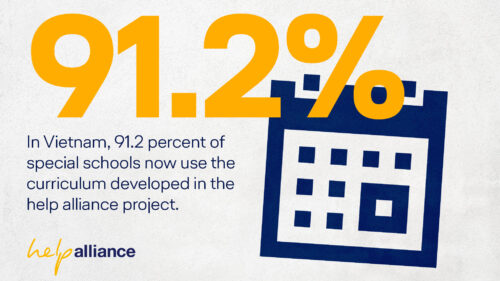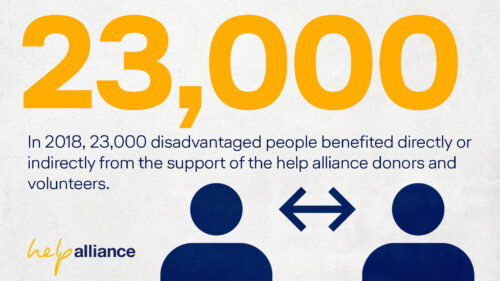„Viele Mütter setzen hier ihre Kinder aus“, sagt Lederer. „Nicht weil sie wollen – weiß Gott nicht. Sondern weil sie hoffen, dass ihre Kinder bei jemand anderem bessere Chancen auf ein besseres Leben haben.“ Mickey Lederer nimmt einige dieser Kinder auf – und versucht, ihnen einen besseren Start ins Leben zu ermöglichen. Gemeinsam mit Martina Reiser ist sie Projektleiterin des Safe House, eines Zuhauses für Halbwaisen und Waisen, das seit 2001 besteht und das seit 2010 von der help alliance gefördert wird.
15 Kinder und Jugendliche leben hier derzeit, haben ein sicheres Zuhause gefunden, fernab von Gewalt, Alkohol und Drogen. Sie gehen zur Schule oder studieren, werden aufs Leben vorbereitet und zu selbstbewussten Erwachsenen, die ihre Erfahrungen eines liebevollen Zuhauses mit in ihr Leben nehmen.
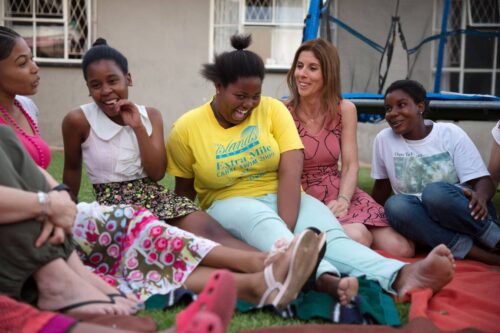
A life in Munich – and one in Johannesburg
And Lederer? She flies part-time, takes turns with her colleague and is in the safe house every two months. Lives with the children. Suffers with them. Laughs with them.
“We are companions for the children and teenagers,” she says. “We do homework with them and deal with the authorities. We are not their mothers, but we are a constant in their lives. We give them support.”
Of course, sometimes it can be difficult to take care of the project and the young people. And yet every single day is worth it. “Maybe I give a lot – but I get even more,” says Lederer. “I have seen the children grow up; I have accompanied them in their lives. And now I see how they have become self-confident, determined adults. How they take care of each other, stand up for each other and for themselves. All of it fills me with great joy.”
And indeed, it is psychologically proven that helping is beneficial. The body releases happiness hormones when we do something good for another person. Mickey Lederer puts it this way: “It’s great luck that I was in the right place at the right time and could get to know the Safe House. The relationship I was able to build with the children is irreplaceable.”

